Description
The Dual Exponential Moving Average (EMA) crossover trading strategy is another popular approach used by traders to identify potential buy or sell signals in financial markets. Similar to the Simple Moving Average crossover strategy, it involves using two EMAs with different periods to generate trading signals.
Here’s a concise description of the Dual EMA crossover strategy:
- Exponential Moving Average (EMA): EMA is a type of moving average that gives more weight to recent prices, making it more responsive to recent price changes compared to the Simple Moving Average (SMA).
- Choosing EMA Periods: Traders typically select two EMAs, a shorter-term EMA, and a longer-term EMA. Common combinations include the 12-period EMA and the 26-period EMA.
- Crossover Signals: The strategy revolves around the crossover of these two EMAs. When the shorter-term EMA crosses above the longer-term EMA, it’s considered a bullish or buy signal. Conversely, when the shorter-term EMA crosses below the longer-term EMA, it’s considered a bearish or sell signal.
- Confirmation and Additional Indicators: Traders often use additional technical indicators like the MACD (Moving Average Convergence Divergence) or the RSI (Relative Strength Index) to confirm signals generated by the EMA crossover and assess the strength of the trend.
- Trade Execution: When a crossover occurs and is confirmed by other indicators, traders may consider entering positions. For example, a bullish crossover followed by the RSI indicating an oversold condition might prompt a trader to consider a long (buy) position. Conversely, a bearish crossover followed by the RSI indicating an overbought condition might prompt a trader to consider a short (sell) position.
As with any trading strategy, risk management is crucial, and traders often use stop-loss orders and other risk mitigation techniques. Backtesting the strategy using historical data helps in understanding its performance under different market conditions.
While the Dual EMA crossover strategy can be effective in capturing trends, it’s essential to recognize its limitations, particularly in volatile markets or during sudden price fluctuations. Traders often combine this strategy with other technical indicators and fundamental analysis to make more informed trading decisions.

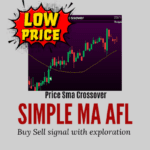
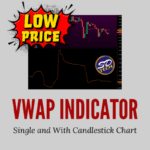
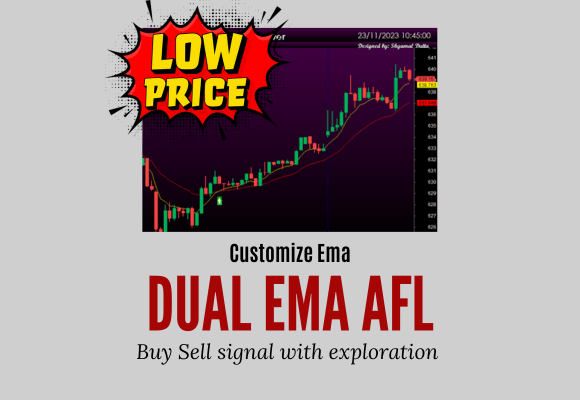

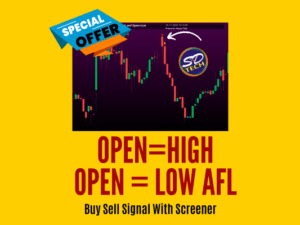

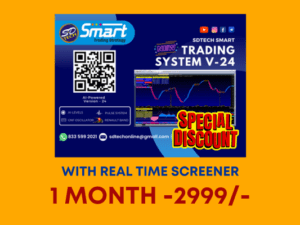
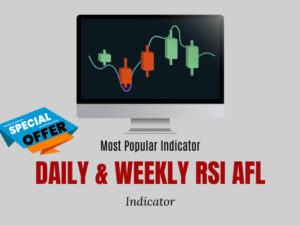
Reviews
There are no reviews yet.